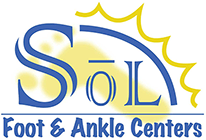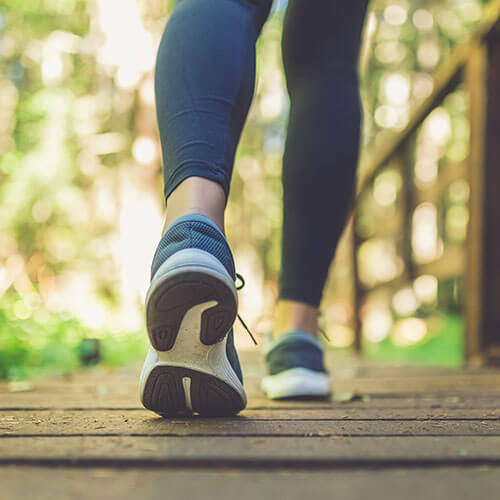
How to Choose the Right Running Shoe
By Dr. Graves
Hi, it’s Dr. Graves, and today I want to talk to you about running shoes, although a lot of what I’ll cover applies to shoes in general. When selecting the right pair, there are two important factors to consider: the shoes themselves and ensuring the proper fit.
Key Features to Look for in a Running Shoe
When it comes to running shoes, there are some basic things you’ll want to check. First, the shoe should be slightly higher in the heel than in the forefoot—not drastically higher, but just enough to provide a comfortable angle.
You also want to look for stability in the heel. This part of the shoe is called the heel counter, and it should be firm and rigid. You shouldn’t be able to squeeze it together easily or push it down. If you can, that’s often a sign of a lower-quality shoe. Cheaper shoes may allow you to fold the heel in half, which isn’t ideal for support.

Next, check for the right amount of stiffness in the front of the shoe where it bends. The bending point should match where your toes naturally bend. If the shoe is too flexible in this area, it may bend in the wrong place while you’re running, which can lead to discomfort or injury.
Recommended Brands
There are many great running shoes out there. For example, the Brooks Adrenaline is a high-quality training shoe. Other top brands to consider include ASICS, Saucony, and Hoka. The most important factor is finding a shoe that feels comfortable on your foot.
The Importance of Proper Fit
Even with all the best features, if the shoe doesn’t fit properly, it won’t perform well for you. If you don’t already know what you’re looking for, it’s a good idea to try on at least two or three different pairs to see what feels best. Spend some time walking or even running around in them before making a decision.
When assessing the fit, you want to ensure there’s some space between your longest toe and the end of the shoe. A good rule of thumb (literally!) is to have about the width of your thumb between your toe and the front of the shoe. Keep in mind that your feet will swell slightly as you run, so you need to allow for a bit of extra room.

For the width, you’ll want the shoe to fit snugly but not too tight. A simple way to tell is by looking at how the laces align. If the shoe is too narrow for your foot, the laces will bulge out when tightened. If the shoe is too wide, the laces will pull together too easily, which could indicate a poor fit.
Final Tips
A great tip is to visit a running store where the staff has experience fitting shoes for runners. That way, you can get professional advice and won’t have to remember all these details on your own.
Thank you for reading, and I hope these tips help you find the right running shoe!
Quick Q&A: Finding the Right Running Shoe
Q: What should I look for in a running shoe?
A: Look for a slight heel lift, stability in the heel (firm heel counter), and the right amount of stiffness in the front, where the shoe bends to match your toes.
Q: What are the best running shoe brands?
A: Top brands include Brooks, ASICS, Saucony, and Hoka. The most important factor is comfort.
Q: How should my running shoes fit?
A: There should be about a thumb’s width of space between your longest toe and the front of the shoe. Make sure the width is snug but not too tight—look for evenly aligned laces.
Q: How can I tell if the width is right?
A: If the shoe is too narrow, the laces will bulge. If it’s too wide, the laces will pull together too easily.
Q: Any tips for finding the perfect fit?
A: Try on at least 2-3 pairs, walk or run in them before deciding, and consider visiting a running store for expert advice.



